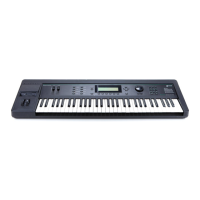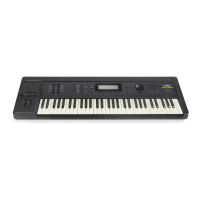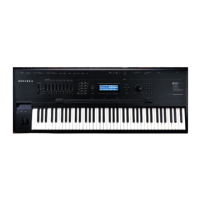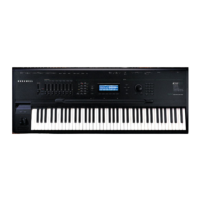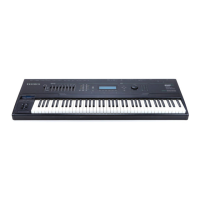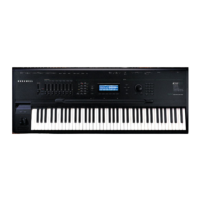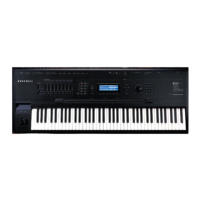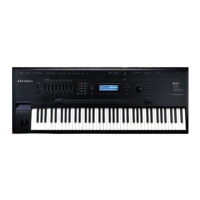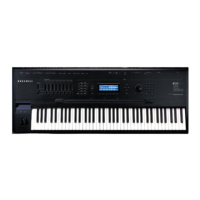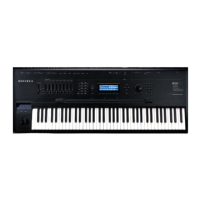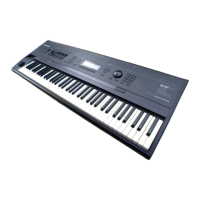Disk Mode Enhancements in Version 3
Macros
4-43
operation or keep going. If you answer Yes at this point, the operation will continue, even if the
K2000 encounters subsequent errors. If you run into a lot of errors due to loading an out of date
macro file, the macro process can be discontinued using a special procedure described in
Aborting a Macro Load on page 4-52
When the macro is done loading, the display shows Macro|SYNTH.MAC|completed....
The K2000 will then return to the Disk mode page. You should now be able to go to Program
mode, or the Save Objects display, and verify that all of the objects from the files of the macro are
now in the K2000's memory.
Macro Entries
Each file load operation that is recorded into the macro table is called a macro entry. While
Macro Record is enabled, you have the option of either loading files into the K2000 or just
adding files to the macro without actually loading them (see below.)
Each macro entry stores information about how a disk file should be loaded. Each entry is
displayed as a single item in a scrollable list on the MACRO page, with various fields indicating
the parameters of the entry. This diagram shows how the MACRO page might look once four
files have been entered into the table:
Func:MACRO|[Record]||||||||||Index:|||1|
||||||||||||||||||||||||||||||||||||||||
||||||||||||||||||||||||||||||||||||||||
|3:\DRUMS\REALKITS.KRZ|||||||||200:F:Obj
|3:\BASSES\WALKING.KRZ|||||||||200:F:|||
|3:\KEYS\CHROMA12.KRZ||||||||||200:F:|||
|F:\SONG42.KRZ|||||||||||||||||200:F:|||
Select||Modify||Load|||Pause||Off||Exit|
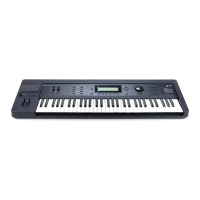
